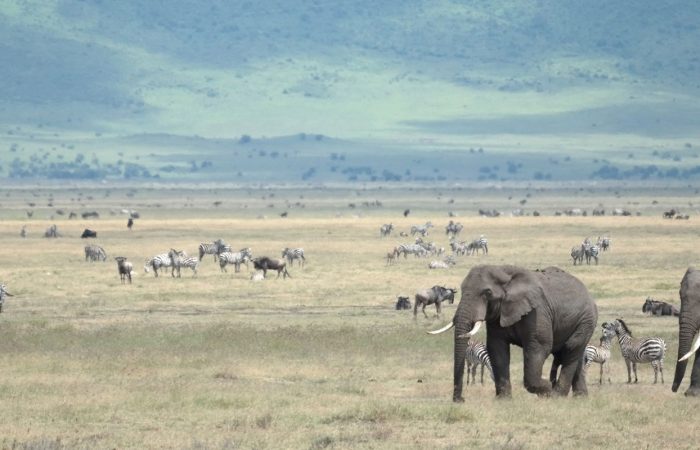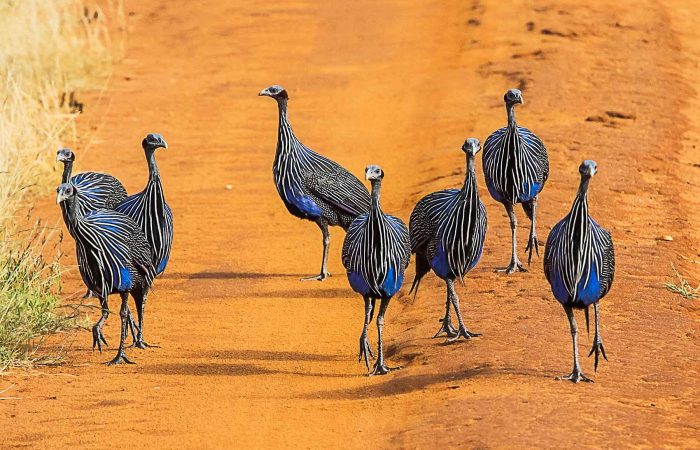- Home
- About Us
- Safaris Packages
- Safari Types
- Destinations
- Uganda
- Best Natioanl Parks
- Accommodations
- Semuliki National Park Accommodation
- Rwenzori National Park Accommodation
- Queen Elizabeth National Park Accommodation
- Murchison Falls National Park Accommodation
- Mgahinga Gorilla National Park Accommodation
- Mount Elgon National Park Accommodation
- Lake Mburo National Park Accommodation
- Kidepo Valley National Park Accommodation
- Kibale National Park Accommodation
- Bwindi Impenetrable National Park Accommodation
- Wildlife Reserves
- Activities And Attractions
- Distance in Kilometers and Duration
- Distance From Entebbe To Mgahinga National Park
- Distance From Entebbe to Rwenzori Mountains National Park
- Distance From Entebbe To Semuliki Natioanl Park
- Distance From Entebbe To Queen Elizabeth National Park
- Distance From Entebbe to Kidepo Valley National Park
- Distance From Entebbe To Mount Elgon National Park
- Distance From Enetebbe To Lake Mburo National Park
- Distance From Entebbe To Kibale National Park
- Distance From Entebbe To Murchison Falls
- Distance From Entebbe To Bwindi Impenetrable Forest
- Top Destinations
- Top Safaris
- Wheather
- Solo Traveller
- What to Expect On Safari in Uganda?
- Why Visit Uganda Next in 2021/22 – Alpha Adventure Safaris
- Best Uganda Tour Company
- Rwanda
- Kenya
- Tanzania
- Uganda
- Contact Us Now
Wild Mania Safaris-Uganda Safaris, Uganda Tour Packages , Uganda Safaris
- +256 754 389710
- info@wildmaniasafaris.com
- Get A Quote
Search Tours
KENYA SAFARIS
Kenya is where “going on safari” started back in 1895 when the British Empire established the East Africa Protectorate. White hunters then popularized safari in Kenya with trophy hunters, including big names like Teddy Roosevelt and Winston Churchill. After the second world war, vast numbers of tourists started traveling to Kenya, lured by stories of plenitudes of wild animals; more than 3 million large mammals were roving East Africa’s plains at the time. Today visitors continue to flock to this East African destination each year. Although humans have made their mark, Kenya still holds onto its pristine wilderness.
Kenya lies on Africa’s east coast. Uganda borders it to the west, Tanzania to the south, South Sudan and Ethiopia to the north, Somalia to the northeast, and the Indian Ocean to the southeast. It’s a land of astonishing diversity with extraordinary tourist attractions excellent for wilderness adventure vacations. Nairobi, the capital, is a bustling city where colonial buildings rub shoulders with modern skyscrapers, while steamy, coastal Mombasa retains its solid Arabic influence and history as it continues to be Kenya’s largest and busiest port.
Kenya is an excellent addition to gorilla trekking in the neighboring Uganda or Rwanda. But if you want to wander only around the savannah wild, the destination on its own is fulfilling. To avoid the COVID-19 bureaucracy, you don’t have to cross any borders. The coastal beaches provide a perfect getaway vacation to end your safari.
-
Highlights
- Explore the Great Rift Valley dotted with a string of lakes including Nakuru and Naivasha; fertile highlands with towering peaks such as Mt. Kenya; and a coastline and islands with long pristine sandy beaches and marine parks full of coral reefs and colorful fish. Its two major cities couldn’t be more different.
- The Big Five are all present and seen with various degrees of ease. Elephants, buffaloes, and unusually large lion prides are common. Leopards are more elusive but relatively easy to locate with a local pro guide. Up to three dozen black rhinos still survive. Even outside of the migration season, ungulates are well represented; there’s no better place for close-up views of the eland, the world’s largest antelope. A Kenya safari game drive will likely see giraffe, impala, gazelle, topi, Coke’s hartebeest, reedbuck, Defassa waterbuck, hippo, and warthog.
- Birders will find East Africa’s magnificent savanna birdlife around the Mara triangle, with more than 500 species recorded in and around its borders, including such perennial favorites as Lilac-breasted roller, Superb starling, and Little bee-eater.
- During annual wildebeest migration, wildlife drama eclipses during the multiple river crossings, punctuating the great herds’ three-month tenure in the Masai Mara, from August to October.
The Great Migration
Why Vissit Rwanda
The Great Migration
Millions of plains game move in an endless cycle of birth and death from Tanzania’s Serengeti through Kenya’s Mara Triangle. It’s like a movie sequence when they cross the Mara River with predators and prey locked in a life or death dance, the most extraordinary wilderness spectacle on earth that should take you to Kenya.
Beach Escapes
Miles of white sandy beaches lined by an azure ocean and water sports galore. From diving and snorkeling to windsurfing, adrenalin sports to simple seaside fun, sipping sundowners, to deep-sea diving, some of the Kenya safari’s last magical moments happen at the coastline.
Big Game Viewing
Visiting Kenya’s legendary national parks and game reserves almost guarantees that you’ll see the famous Africa safari’s Big Five animal popularised by the colonial white hunters in the early birth of Africa safari. And where there’s big game, there are definitely huge herds of plains animals and hundreds of colorful birds.
Historical Adventures
Check out ancient history along the coast where Arab traders and Vasco da Gama once sailed. In the tiny UNESCO World Heritage town of Lamu, you’ll find an Arabic way of life unchanged for centuries.
Mythical Nomadic Tribes
Maasai communities lie within the Maara bounds and other famous game reserves. The tall and dignified red-robed Maasai have held explorers, adventurers, and writers in thrall for centuries. Cultural adventure excursions in Maasai villages to view men herding livestock and women carrying water or firewood are common on safari vacations.
Gorillas Are Near
Kenya is a close neighbor to Uganda and Rwanda, who host the mythical endangered mountain gorillas. It’s now simple to connect a Kenya Safari to a Uganda gorilla safari with local flights between the destinations.
BEST PLACES TO VISIT
Unfortunately, you probably won’t be able to see all of Kenya in one trip. Must-See Parks places in Kenya include Masai Mara National Reserve, Amboseli National Park, Tsavo West, and the Laikipia Plateau. The if-you-have-time Parks include Nairobi National Park, Meru National Park, Samburu National Reserve, and Lakes Nakuru and Naivasha. Our listing suggested, though, that you research all of them before you make your decision.
















